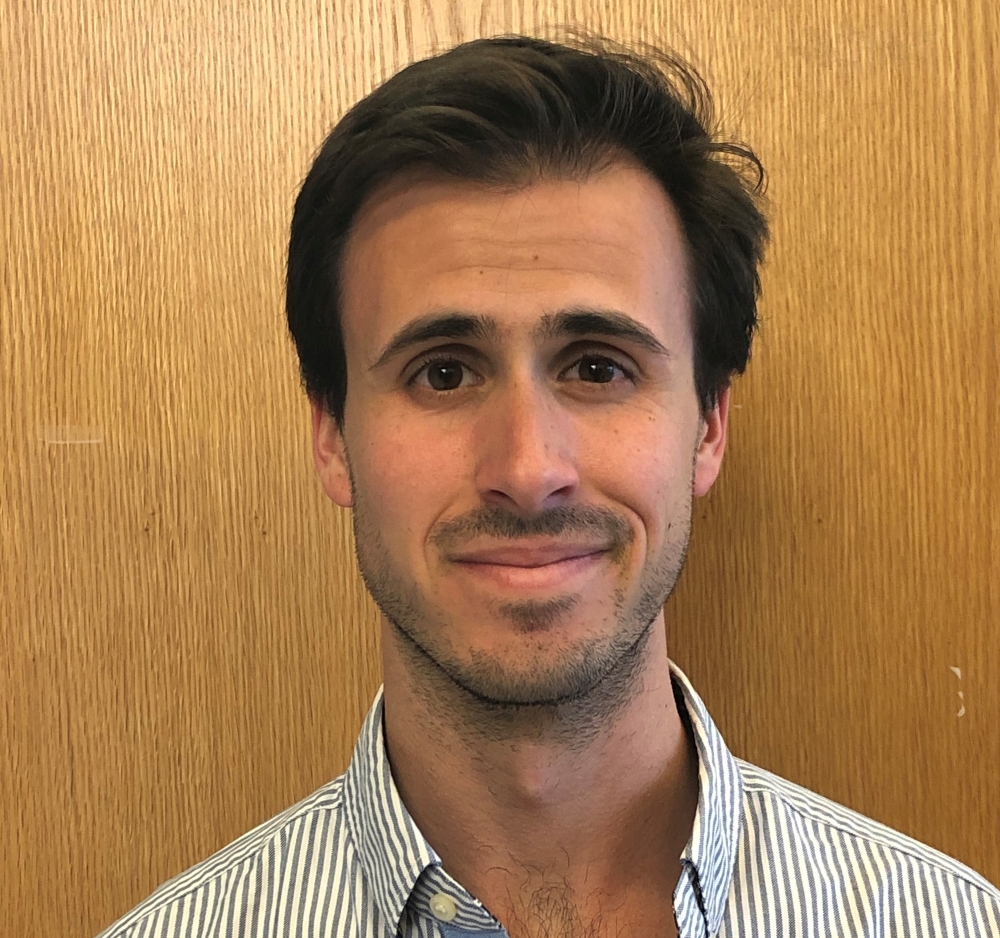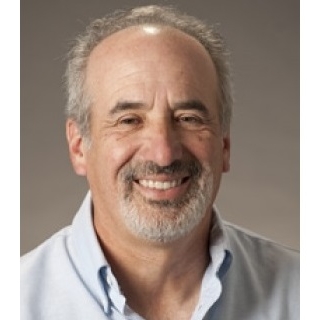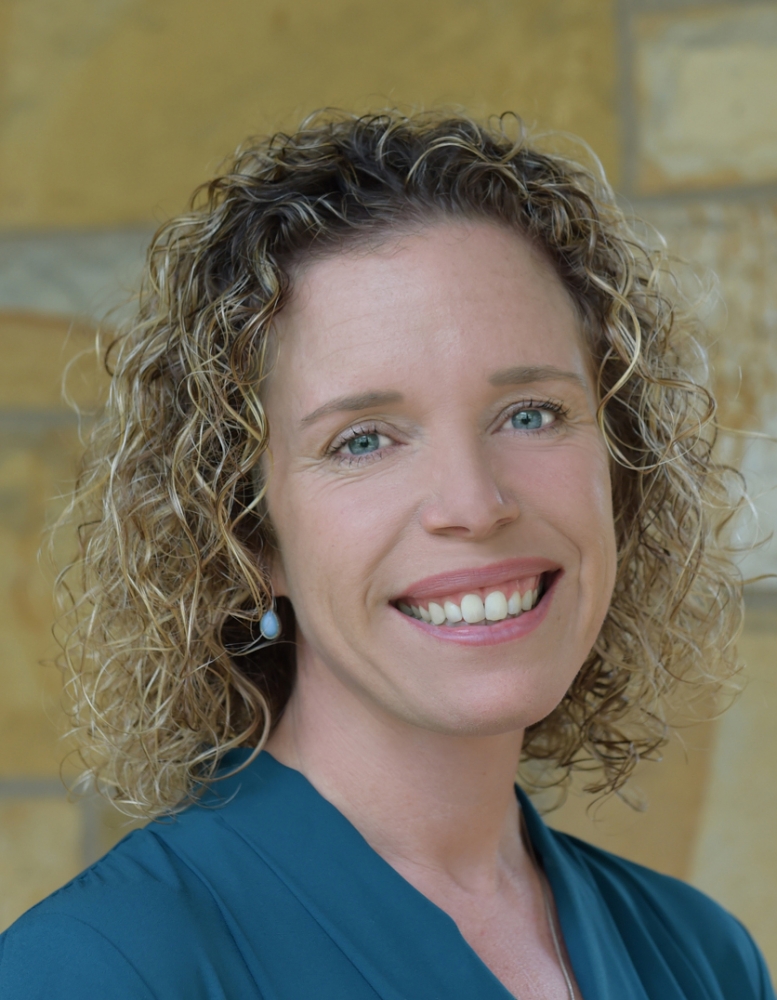Outwitting Omicron



Speed is everything in the race against COVID-19’s omicron variant, the fastest version of the virus we’ve seen to date. Its dizzying rise to dominance in the United States threatens to overwhelm our already beleaguered healthcare system, as physicians across the country grapple with how to treat their mounting caseloads.
But a new lab test developed by UC Santa Barbara doctoral student Zach Aralis has been giving local Santa Barbara County hospitals and clinics a boost in their efforts to get ahead of omicron, and it could serve as a template for defense against future major COVID variants.
“With omicron coming upon us with such rapidity, it is essential that we be able to distinguish the delta variant from the omicron variant,” said Stuart Feinstein, a UC Santa Barbara professor of molecular biology, UC Santa Barbara COVID-19 Response Team coordinator and member of the Local Variant Task Team — a collaboration between the university, local healthcare providers and the Santa Barbara County Public Health Department formed to monitor for new and possibly dangerous versions of the SARS-CoV-2 virus. “Although they both cause COVID-19, delta and omicron are quite different clinically and in key molecular details that can be correlated with clinical and public health information,” he said.
These differences and details are responsible for the combination of omicron’s heightened transmissibility and increased ability to infect even those who have previously had COVID or have been vaccinated. But they also hold clues to treatment.
“There are currently three monoclonal antibody options for treatment against the SARS-CoV-2 virus,” said Cottage Health infectious disease specialist (and UCSB alum) Dr. Lynn Fitzgibbons. The treatments, used to head off severe disease in high-risk patients, are a large part of the reason why last year’s delta surge did not hit the Santa Barbara region as hard as it did others, she explained.
This time around however, only one of the three, Sotrovimab, proved to be effective against the omicron variant. Treating an omicron infection with any of the other COVID- specific monoclonal antibodies would be “like shooting blanks,” while unnecessarily exposing patients to side effects and allergic reactions, Dr. Fitzgibbons said.
But in the incoming rush of new COVID patients, there was no way to quickly tell who had the omicron variant versus delta or any of the previous major variants, she said. Genomic sequencing took weeks to return results. This was the frustration shared by members of the Task Team in late December, as caseloads began their steep climb.
“The big unknown through that third week of December was how many cases across our state, across our region and across our community were actually omicron,” Dr. Fitzgibbons said. Data from the State of California’s variant assessment program was weeks behind. To compound the problem, Sotrovimab had become scarce, making it even more crucial that the right therapy went to the right person.
Feinstein, meanwhile, searched high and low for a commercially available test and came up empty-handed. “This virus is so new that no company has yet been able to develop and offer a test,” he said. “We came to the conclusion that we’d have to make it ourselves.”
The task fell to Aralis, a graduate student in in the molecular biology lab of Professor Carolina Arias, who for the last two years has, among many other COVID-related efforts, been sequencing samples at the UCSB CLIA-licensed lab as part of the campus community’s variant monitoring program.
“I just started right away,” said Aralis, who got to work over the holiday break. Guided by Arias, he designed nucleotide primers at his parents’ house, put in orders for reagents amid Christmas festivities and received deliveries at his apartment because the campus was closed.
It was no small feat. Aralis had to design a test from scratch that could pick up key features that only omicron had, such as the genetic sequences that underlie the variant’s significant number of mutations.
“We knew what the genome looked like for delta and all of the other variants because of the vast amount of data,” he said. Thanks to the collaboration with the local healthcare providers as well as SBCPHD, he also had access to the new omicron genome.
“The key was to look at these different genomes and compare them to see where there are multiple, significant mutations that would enable the primers to bind to different variants differentially,” he said. If these key sections of viral genetic material are present, the custom-made primers (synthesized commercially) would bind to them, initiating a process that exponentially multiplies this genetic material until millions to billions of target DNA strands are present and detectable by fluorescent probes.
A couple days of long hours after he started, Aralis had an assay to put to work, just after the New Year.
“Zach really took the bull by the horns,” Feinstein said of a test that can deliver results “in a few hours,” as opposed to the weeks required for genetic sequencing results.
The assay, which is still in the early stages of refinement and optimization, has already proven useful, first by identifying seven of nine test samples as positive for omicron, and later confirming 25 positive omicron cases out of 28 samples provided by County Public Health and Pacific Diagnostic Laboratories. Though the state’s data had not shown it at the time, the results indicated that omicron had already gained a foothold in the community.
“We clinicians have been making our best guesses based on indirect evidence and theory, and doing the very best we can,” Dr. Fitzgibbons said, describing the decisions she and Cottage Health colleague Dr. David Fisk had to make about monoclonal antibody treatments. “But Zach gave us an anchor and the knowledge that we needed.” Thanks to the new assay, she added, local physicians who had been wondering if they should use the other two more readily available monoclonal antibody treatments, REGEN-COV and BAM-ETE, had increasing confidence to forgo them. “They would have been just a placebo, now that omicron cases are really increasing,” Dr. Fitzgibbons said.
Aralis has additional plans for his assay. On top of extra improvements in accuracy and sensitivity, he is working to further streamline the process to shave off a couple more hours from the workflow.
And the work goes beyond omicron.
“This is now a template,” Feinstein said. “This could be used as a starting point for the next problematic variant that comes along.”
For now, it’s a matter of getting through the surge, one that could have a similar impact as the surge last winter. Even if the omicron variant is milder than previous variants with a smaller percentage of infected people likely to have severe disease, the sheer number of infections, Dr. Fitzgibbons said, could create “a tremendous strain on schools, hospitals and other critical infrastructure sectors.” Lately, SBCPHD has been reporting record numbers of daily COVID cases.
Aralis, meanwhile, remains poised and ready to jump into the next phase of the arms race between virus and human.
“We’ve got a kind of pipeline for doing this now if a new, aggressive variant appears,” Aralis added. He thinks nothing of the sleep he might have to lose or the holidays he might miss.
“I don’t mind working long hours if I love what I do,” he said.



